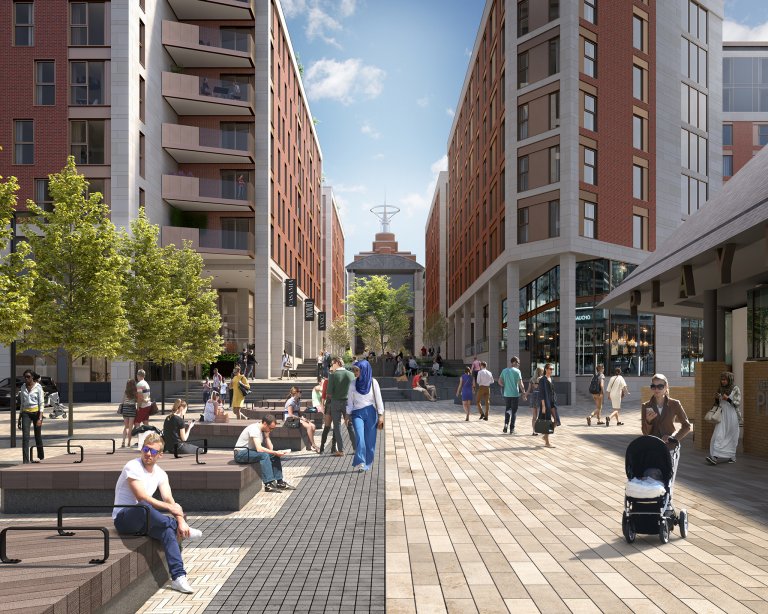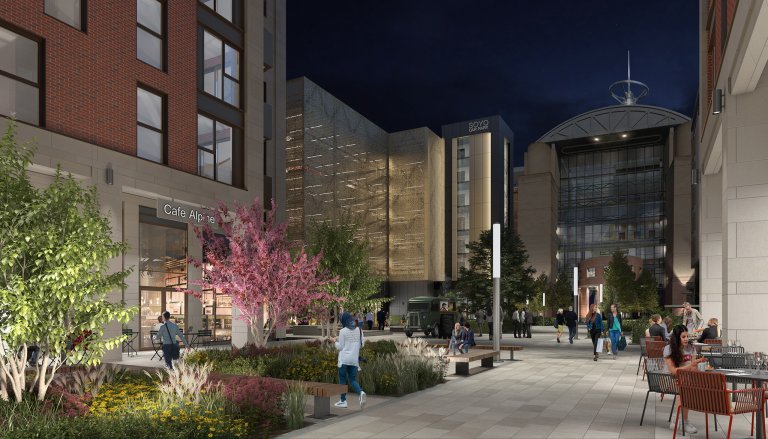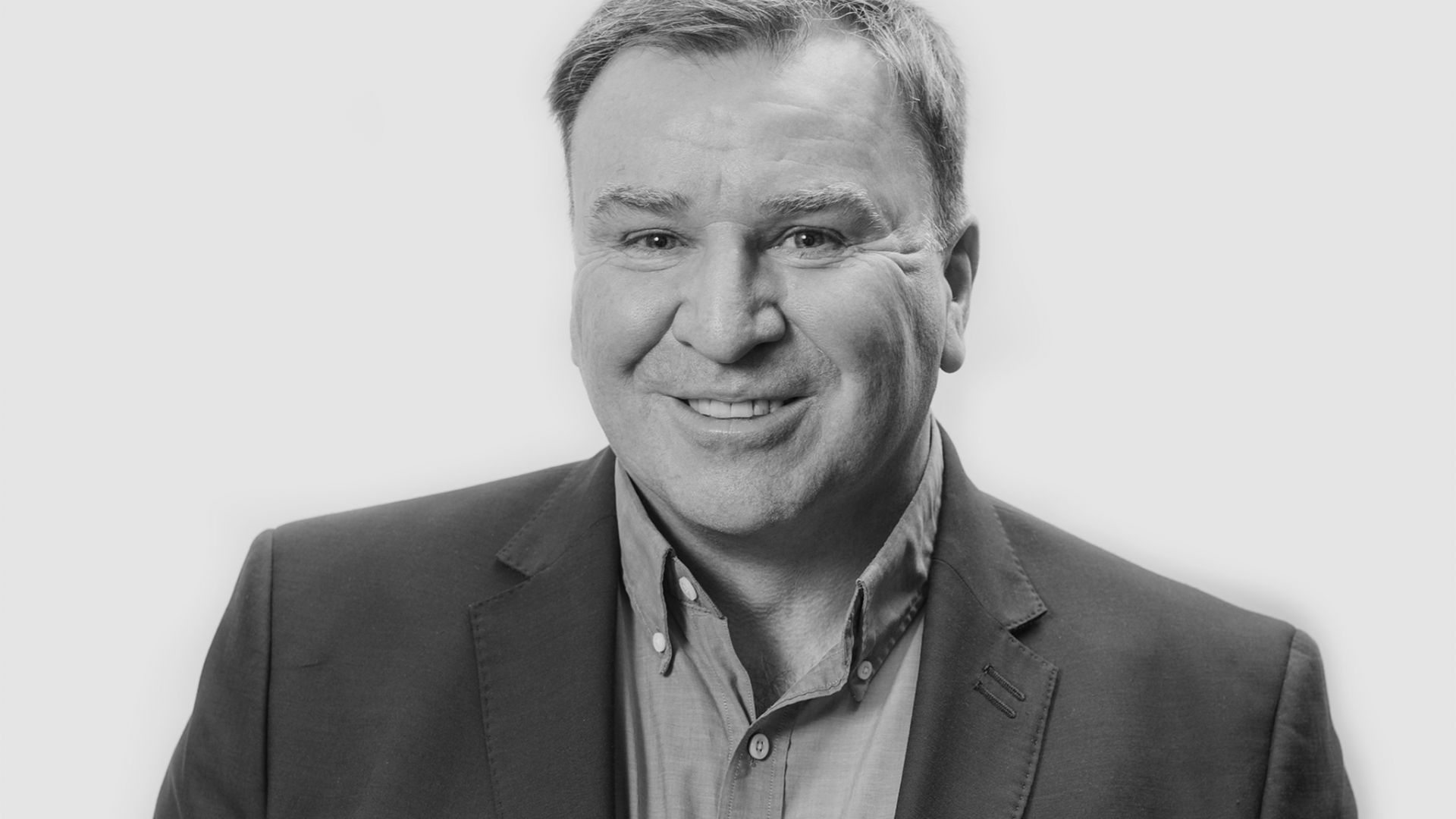
We are often asked by our clients how we can add ‘value’ on a new project….and as anyone in construction knows ‘value’ can have very different meanings to different stakeholders. To owner occupier clients it might mean an improved working environment for staff, to a planning committee it might be measured in aesthetics or the creation of new employment opportunities and to the agency team it could translate to increased rental values and positive tenant interest. As architects we need to understand all of these drivers and ambitions and be able to translate them in to a deliverable and sustainable product…..a building.
This question of quantifying value and measuring success is even more challenging when undertaking complex urban regeneration exercises and the design team is challenged with creating entirely new environments; or Placemaking as the current fashion demands. Unfortunately, however, Placelessness is just as common in many new developments and has become so accepted and such second nature that it is actually hard to think about what it might actually take to make a building or streetscape that’s appealing and that feels as if it belongs.
Design is an important component of creating a place, but not the only factor. Providing access and creating active uses and economic opportunities are often more important than design. People will go to extraordinary lengths to adapt a place to suit their needs. A series of steps can become a place to sit and watch impromptu street theatre and a simple leafy square can become a summer festival destination or a winter ice rink. Indeed the use of the many successful urban spaces can change daily and certainly seasonally, which also makes a good management structure critical.
As with all new development perhaps the most important single factor in guaranteeing end values is of course its location…..as any fan of Kirstie and Phil understands, a good location makes everyone’s job easy! However as designers we are more often than not tasked with developing secondary locations or previously undeveloped sites. Forgotten destinations with limited kerb appeal! It is in these situations, where the team effectively starts with a blank piece of paper, that the true impact of good quality design and its effective delivery can create new and desirable locations ….Placemaking.

The spaces created must be robust, they need to feel safe and draw on the site’s history and association. These are all considerations in a complex process which crafts space to support a range of uses and which, if successful, allows people to feel ownership of shared spaces. For Placemaking to work it also needs to be a community-driven process for designing public spaces, streets and squares that are mixed use, host a variety of activities for a diverse audiences, and are well-connected to the larger city or town.
There will always be pressure to reduce build costs to maximise development returns. Often these savings are minimal in relation to the overall cost and need to be measured against the increased land values that good placemaking can generate. This long-term view is even more relevant with complex placemaking where carefully considered quality design solutions can pay huge dividends over the future working life of a development.
The impact good architecture and considered placemaking can have on the long term value, economically and socially, of a reinvented location is immeasurable. The new …Location …Location …Location.

